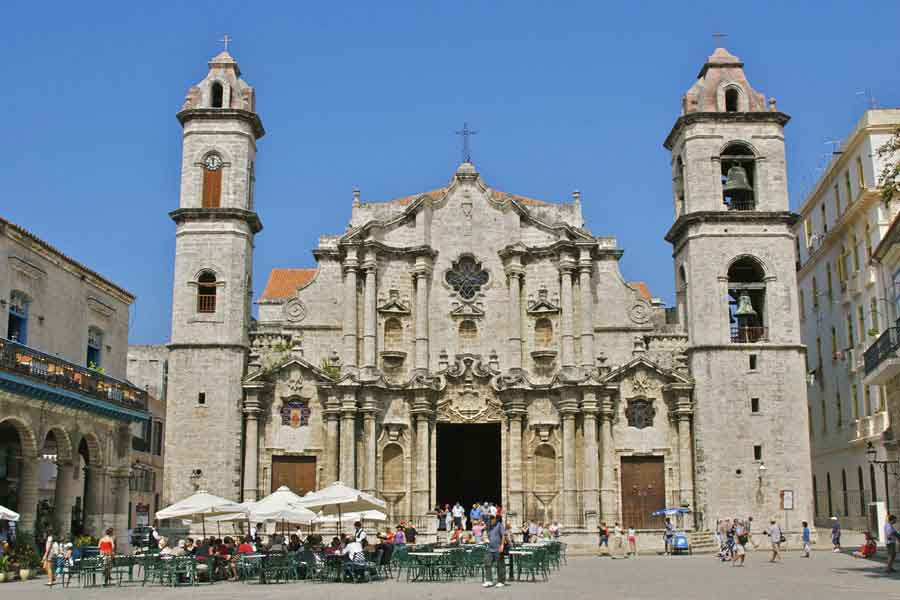
For many coastal communities in warm seas, corals are part of their traditions and daily life. It is common to find colonial fortresses built with coral blocks in many of the oldest cities in the Caribbean.
These blocks were obtained from quarries of coral limestone, which are nothing more than compacted and emerged fossil coral reefs that have formed over millennia. It is incredibly remarkable that the Cathedral of Havana in Cuba was built with stone blocks formed by the skeletons of tiny animals that existed about 131,000 years ago.
Its walls depict the history of the passage of time. Each column is a vestige, each lintel preserves the ancestral memory of the animals that came before us many thousands of years before the first human left their solitary footprint on the sand of a deserted beach.
Obviously, the talent of the people will be closely linked to the available materials. So, it was quite natural for the world-famous Cuban reconstructive medicine and coral to intersect at some point. For the past eleven years, the Cuban Institute of Oceanology has been producing a biomaterial known as Porous Coral Hydroxyapatite (HAP-200), which has been successfully tested as a support for the formation and growth of new bone tissue and has had undeniable success in treating bone sequelae following cranioencephalic traumas.
It has even been tested in ocular implants, where a sphere of this coral biomaterial is used for the insertion of eye muscles in the cavity of the lost eye, as its porosity allows gradual penetration by peripheral tissues and blood vessels. This provides mobility to the artificial eye with highly satisfying aesthetic results. The indisputable success of using coral material lies in its structure, porosity, and chemical composition, which are incredibly similar to human bone tissue. That is why the rates of adverse reactions are minimal, with no cases of rejection reported so far.
It is possible that among the fantastic beauty of the coral reef, the solution to many of our problems lies dormant. At first glance, it may seem that there is no relationship between these small animals, measuring less than a centimeter, and ourselves. But undoubtedly, we are closely linked from the depths of our bones.
Another reason to study them intelligently, to protect and preserve them for ourselves and future generations. Perhaps the sea, the cradle of life, is also a source of answers to questions we are still trying to decipher.
«You can’t defend what you don’t love, and you can’t love what you don’t know.»

